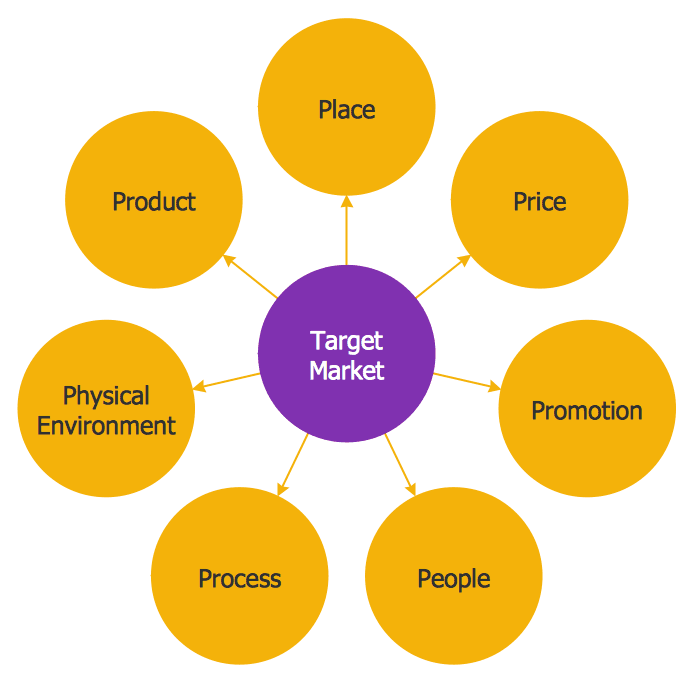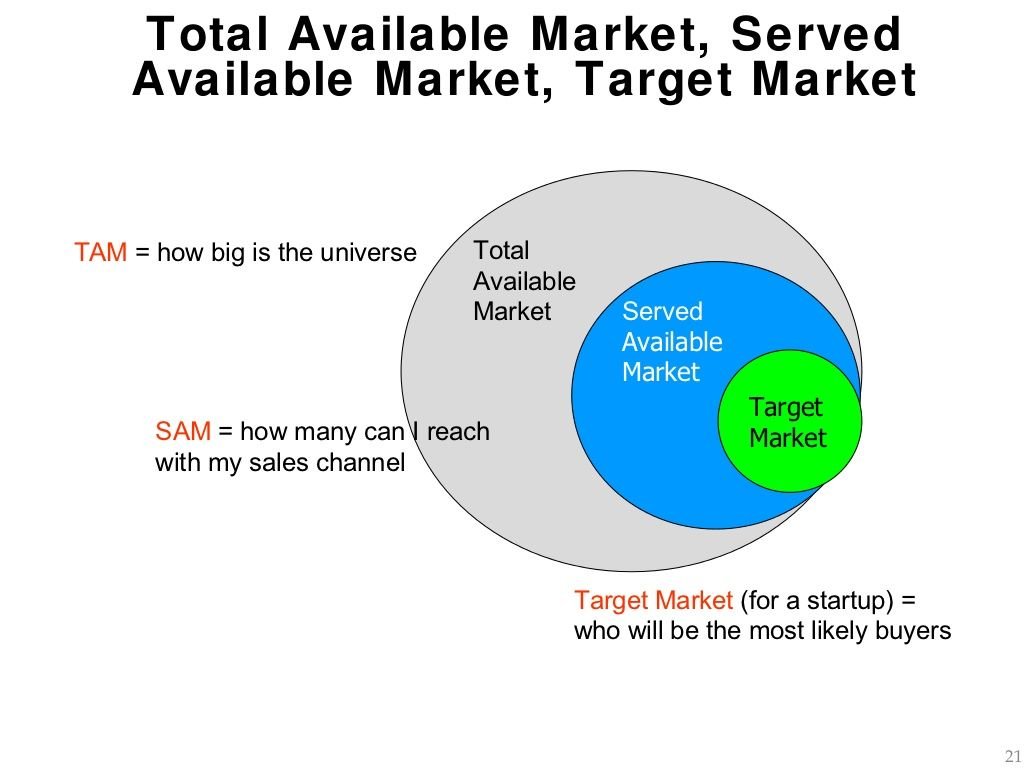A target market consists of the most likely customers for your company’s products or services. Understanding this high-potential population is the cornerstone of a successful business strategy and enables you to tailor your products, marketing efforts, and customer service, ultimately driving growth and loyalty. Accordingly, Market Research is a crucial section of any Business Plan and informs the strategic direction of a company. This article covers the fundamental aspects of defining your target market, while highlighting some nuances and complexities.
Main Considerations
Defining your target market takes several steps.
- Analyze your product. How do features and benefits of your product (or service) respond to the customers’ needs?
- Research your competitors. What are your competitors’ target markets and can you identify underserved market segments (niches) and gaps that you can fill?
- Understand your customers, current or potential. What are their common characteristics? Can you segment your market based on clusters of such characteristics (for example demographic, geographic or behavioral)? Can you create ideal customer profiles, buyer and user personas that are detailed, vivid descriptions of your target customers?
The steps for defining and refining a target market are rarely linear. The sequence will vary depending on the origin story of your business. Are you following in the footsteps of existing competitors, in an established market? Are you “playing to your strengths” and competencies? Were you inspired by an unmet customer need? Each of these scenarios is different, making market analysis as much of an art as it is a science.
The Marketing Mix (the 7Ps)
The marketing mix is a useful framework for creating a marketing strategy that meets customer needs, conveys value, and emphasizes differentiation.. The 7 Ps are an evolution of the traditional 4P marketing mix (Product, Price, Place, and Promotion), expanded to include three more dimensions (People, Process, and Physical Evidence).
Defining your target market involves identifying the specific group of customers to focus on. Considering the target group’s demographics, needs, and buying behaviors, allows businesses to tailor their marketing mix (the 7 Ps) to effectively reach, satisfy and retain them.

Source: Wikimedia Commons
Key Distinctions
- Target Audience is not the same as target market. The former is a specific sub-segment of the latter. Target audiences are the focus of individual marketing campaigns whereas target market is the broader group potentially interested in your brand.
- Startups and established companies have some key distinctions in terms of defining their target market:
Innovation and uncertainty levels are higher for startups, so is the need for experimentation and pivoting. Established companies with existing products can expand more predictably, though they, too, can benefit from agile approaches and hypothesis testing. - Resource constraints force startups to focus on the most promising market segments (niches) where they can realistically gain traction. By contrast, larger companies can afford more extensive research and targeting multiple segments simultaneously.
- Market validation and tuning are easier for companies with existing products, whereas startups need to establish a de novo product / market fit and quickly adjust based on customer response. Established companies also benefit from the insights afforded by historical data. The silver lining is that startups can identify and exploit surprising niches (market segments) whereas established companies may find themselves bound to their existing markets and customer base.
What next
Some literature refers to the target market as the “Ideal customer.” We avoided the phrase, because of the shortsighted implication that other possible customers are not “ideal” when, in fact, they are full of potential.
Three metrics commonly used for startup market sizing capture this growth potential from. Companies typically start from an initial target market sometimes called SOM (Serviceable Obtainable Market) while keeping an eye on and expanding into their SAM (Served Available Market), and TAM (Total Available Market).

Source: Wikimedia Commons
Matter-of-factly, the target market is today’s ideal customer, who can consume your product right away, given current market conditions, trends, and your business’s current capabilities. Balancing short term tactics with long term strategy can be beneficial. Focusing on today’s ideal customer helps you achieve short-term goals and generate revenue quickly, stay agile and responsive to market changes. On the other hand, by taking a longer term view, you can strategically expand into new market segments and tap into a larger, more diverse customer base.
